How To Tell The Difference Between Cellulose And Asbestos Insulation?
All you need to know about what makes these two types of insulation different
As you probably know, asbestos is a poisonous and cancer-causing material that was extensively used for insulation reasons a few years ago.
After the dangers of asbestos became widely known to the people, its use was replaced with cellulose.
However, still, a lot of old homes contain asbestos-based Insulation.
So how do you figure out if the insulation in your home is asbestos? And how can you tell the difference between asbestos insulation and that made of cellulose?
In this article, we will give you all the information on the cellulose insulation vs asbestos insulation issue!
You will learn what makes these two distinct and how it is possible for a common person to figure out which type of insulation he or she is dealing with.
Cellulose vs Asbestos Insulation
We want to let you know at once that it is pretty hard to tell the distinction between asbestos and cellulose as materials. But still, you can use a few hints to make the process of definition simpler.

housekeepingbay.com
- Asbestos insulation is generally pebble-like. Its color is greayish brown or solver-gold
- Cellulose insulation is grayish and it looks like shredded paper
In addition, because the amounts of asbestos used in different insulations differ, so do their appearances.
If you think that your house has asbestos insulation, it is advised to consult an expert to make the situation clear.
Anyway, below you can find a more detailed description of each of these insulation types. Like that, you will be able to define for yourself what kind of material you are dealing with (even before the specialist arrives to help you).
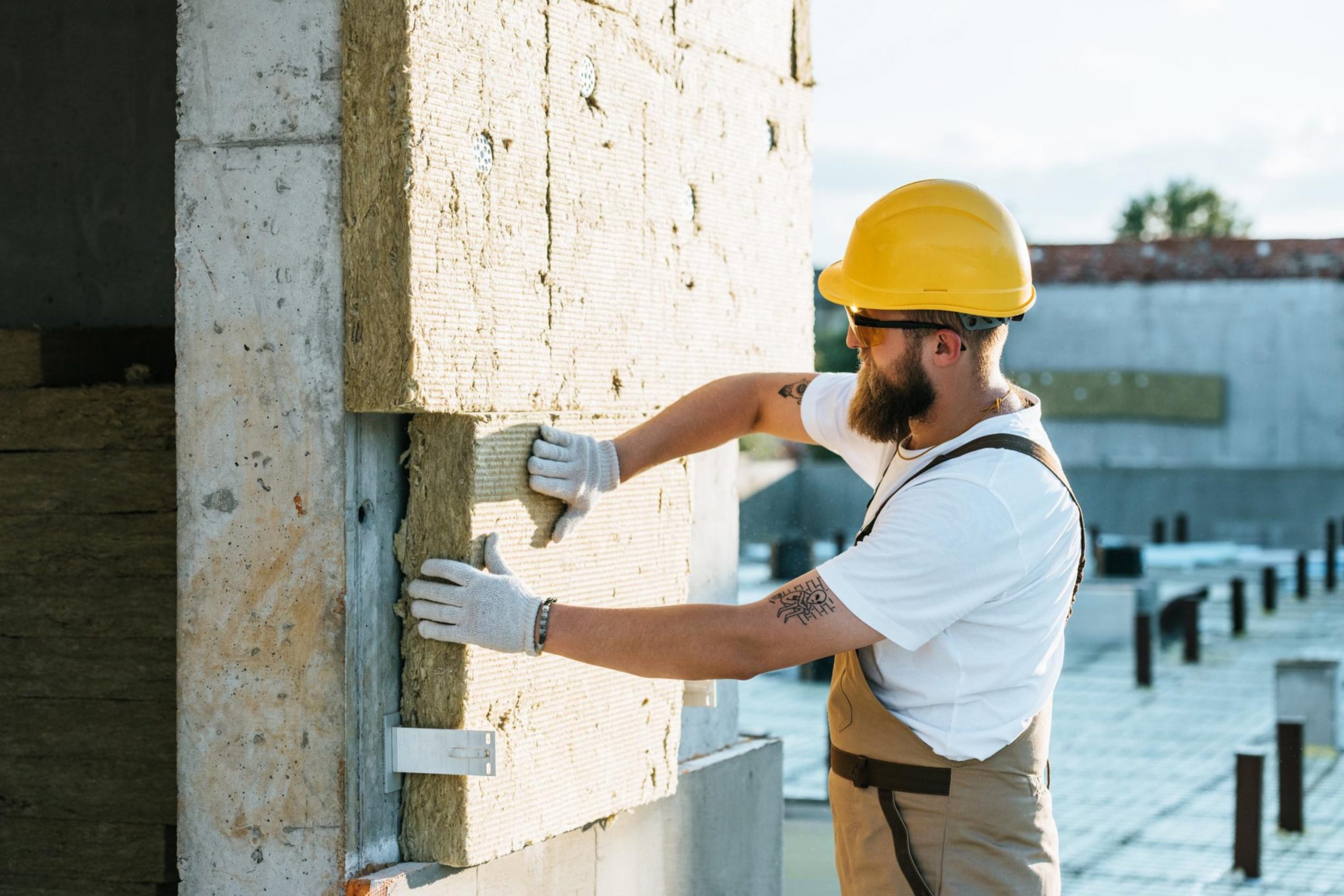
KostyaKlimenko via VistaCreate
Table of Contents
Asbestos Insulation
Most people are not aware that asbestos is an elemental mineral. Asbestos is generally soft and flexible, however, this material also has excellent corrosion-resistant and heat-resistant properties!
In the early 1950s, the construction industry was using asbestos as insulation material and a fire retardant effectively. If you take a look at older buildings and homes, you will be able to still see asbestos in the drywall tiles, as well as within the attic.
There are not any damages or walls that expose asbestos fibers in living areas of the home, and it is considered in good health.
However, it is an extremely serious health risk when asbestos particles are airborne and penetrate the spaces of the property you reside in.
Cellulose Insulation
As an alternative to quite hazardous asbestos, the insulation derived from cellulose was created. It is made of various materials, like hemp, cardboard, straw newspaper, straw, and other diverse substances.
As you can guess, this type of insulation material does not have as high level of a health hazard as asbestos has!
Cellulose insulation has one more feature that makes it differ from its more dangerous “cousin”. When construction workers use a mix of cellulose and paper, they treat it with boric acid.
Like this, they provide it with characteristics of resistance to fire that are very important for any insulation material!
The most popular type of cellulose insulation is called dry cellulose insulation. Also, wet spray cellulose insulation is often used. Builders can utilize a blower to blow the cellulose inside the wall. It can also be utilized to fill up wall cavities.

The wet spray is an option builders can apply to walls that have recently been constructed.
The main distinction between dry cellulose and wet spray is the addition of water to the spraying. It creates a stronger seal that will prevent heat loss.
Just like asbestos, cellulose insulation works well inside the walls, pipes, and wiring. It helps in reducing fires and also in creating insulation for your home.
Cellulose is also a recyclable material and is a major benefit for those who own buildings seeking to become green.
Now that you know the basic distinction between these two types of home insulation, read on to learn the details.

artush via VistaCreate
Advantages Of Cellulose
When we choose the type of insulation to use in our homes, we surely want to know all pros and cons of the material we are considering. Let’s start with cellulose first.
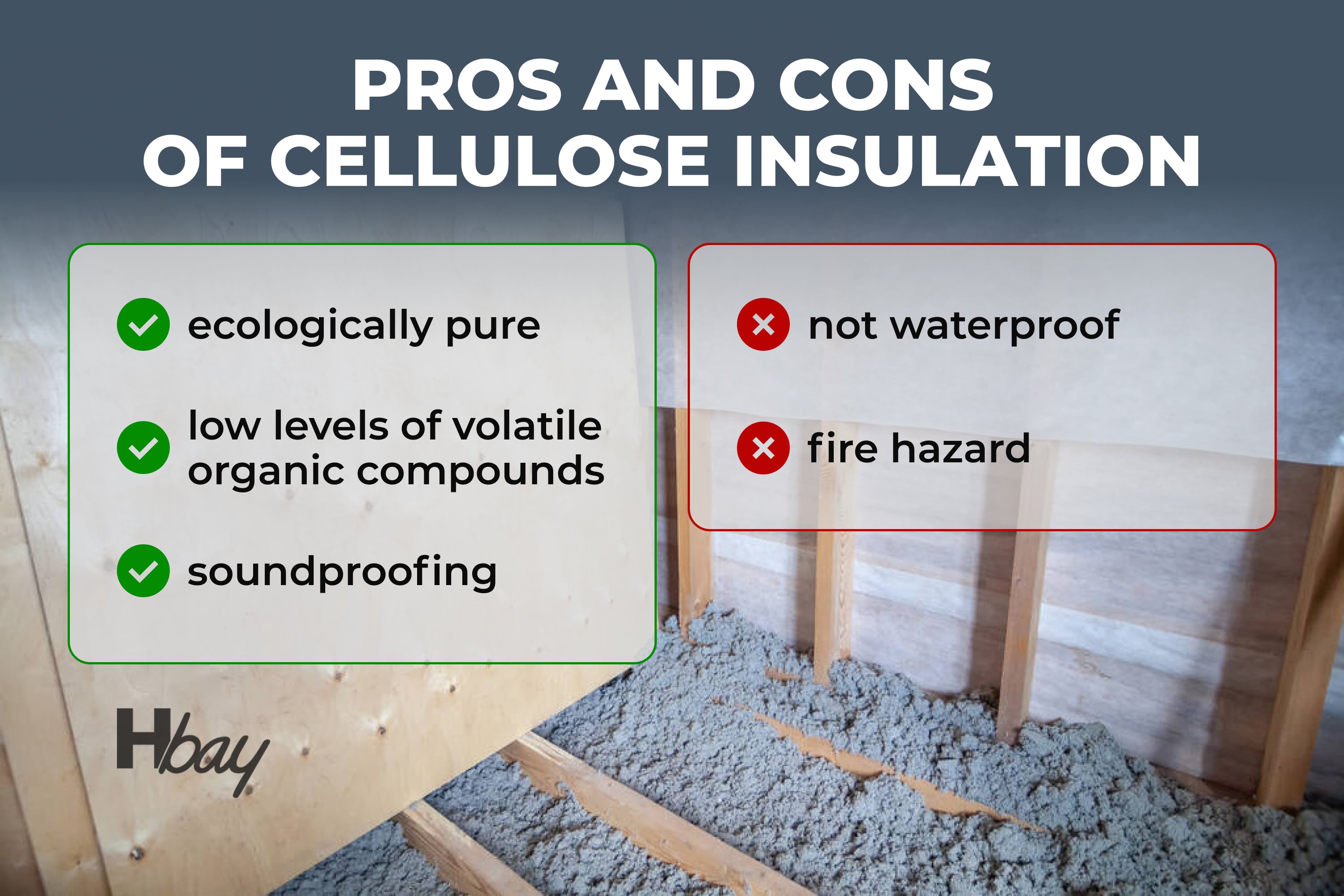
housekeepingbay.com
It Is Environment-Friendly
One of the top reasons cellulose is currently a widely preferred and used insulation material is that it is environment-friendly. As we have previously mentioned, it is made from recycled and reused materials like hemp, cardboard, straw newspaper, straw, and other diverse substances that could otherwise be put in landfills.
It Contains Low VOC Levels
Blown-in cellulose insulation has very low VOC (Volatile Organic Compound) levels.
For those of you who don’t know, a Volatile Organic Compound is a chemical that can be detrimental to the environment and the health of humans. For sure, the less of it your home insulation has the better!
It Is Soundproofing
If you live in a noisy area like near a railroad or a highway track, or you simply prefer a quieter environment, cellulose insulation is the perfect option for your home.

Since it is denser than most materials used for insulation, it offers great soundproofing properties. With this insulation type, you don’t have to worry when your neighbors turn on the music louder!
Disadvantages Of Cellulose
Despite being so beneficial, cellulose insulation also has several downsides that are good to know about in advance. Like this, you will be able to decide whether you need this type of insulation in your home or not.

sezams9 via VistaCreate
It Is Not Waterproof
Cellulose does not have waterproof properties by nature. It can be treated with different substances during construction in order to upgrade it and make it water-resistant to a certain extent.
However, if it is exposed to moisture for long enough, it could lead to massive problems, such as mold. This is why, if you live in an area with high humidity or a lot of rainy days, this type of insulation might not be your option.
Fire Hazard
Since the main component in the cellulose is recycled paper, it is dangerous to fire if it is not protected with fire repellants when it comes to Insulation. To eliminate the risk that all building codes across the nation require that the Insulation made of cellulose be coated with fire-repellants before it is used.
Since now you know more about both cellulose and asbestos insulation, and you have also learned some pros and cons of the cellulose one, let’s take a look at its counterpart.
Below, you can read about the pros and cons that asbestos insulation has.
Pros And Cons Of Asbestos Insulation
You might say that it makes no sense to figure out what benefits this insulation material has since it is basically health-hazardous. However, we would still recommend you learn more about it.
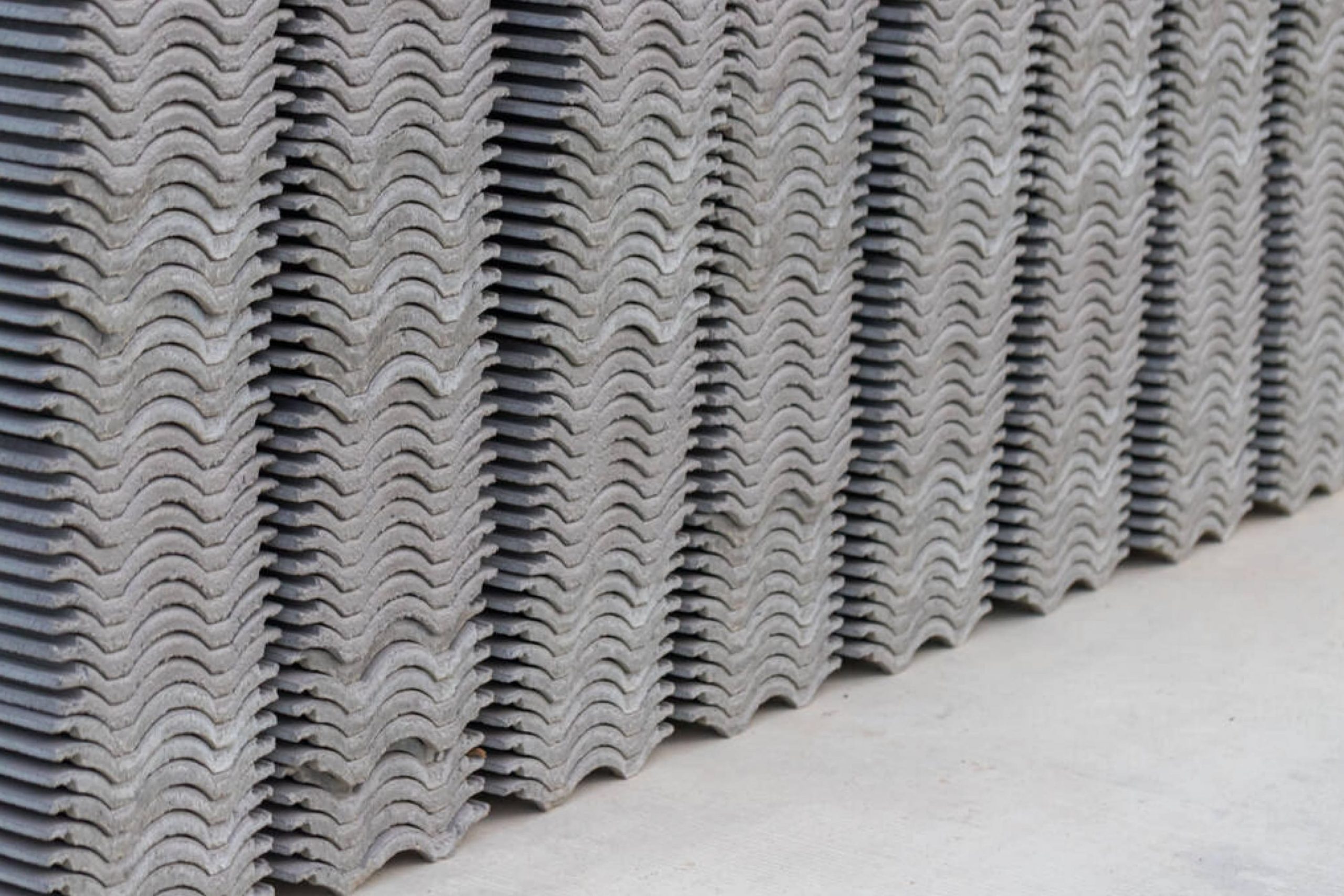
fastfun23 via VistaCreate

housekeepingbay.com
Advantages Of Asbestos
Asbestos has several benefits that can make you hesitate when considering it as an insulation material.
- Asbestos is a highly heat-resistant material, which means that it does not easily burn
- Because its thermal insulation capacity is very high, it can make a building energy-efficient
- Asbestos is also weatherproof
- It’s extremely robust
- The material is more affordable
- It is simple to maintain and clean
Disadvantages Of Asbestos
As most of you definitely know already, asbestos poses a serious risk to the health of humans and the environment in general. The fibrous microparticles found in the substance may cause various illnesses (often quite serious!) when inhaled or swallowed.
So, you may wonder now, what shall I do if I’m not sure what type of insulation material I have in my home?
Well, indeed, defining which one you have is often quite difficult for a non-specialist. This is why we have prepared a brief guide for you for this case.
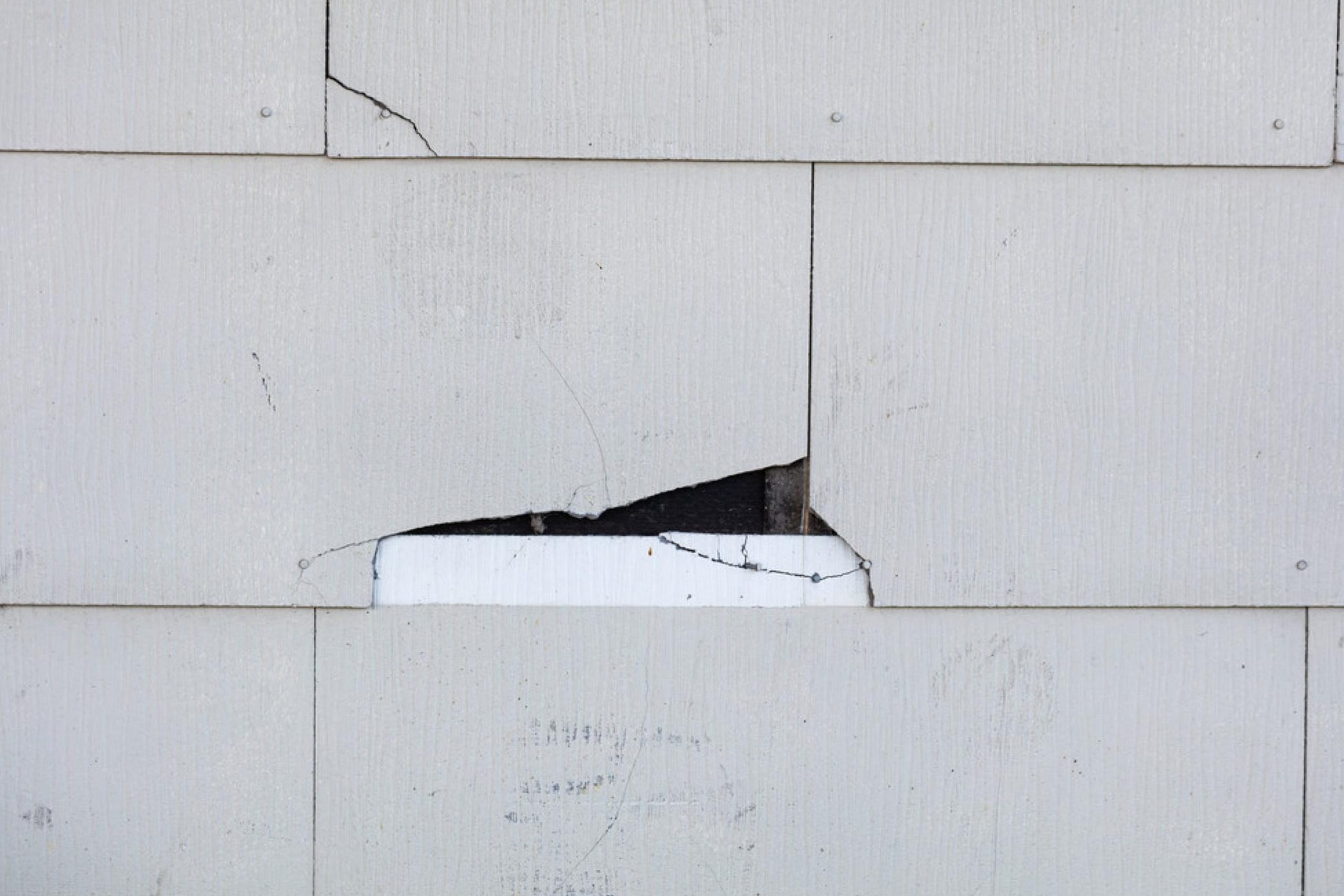
tab62 via VistaCreate
What To Do With Suspicious Insulation?
If you have insulation that is loose and looks suspicious to you, the first thing you need to be aware of is the material it is made of. And also, you need to make sure that neither you nor anyone else touches the exposed fibers!
Asbestos fibers pose the greatest risk when they are airborne and inhaled. If your insulation is left unattended, it will significantly reduce the chance of exposure and possible harm.
Next, you must call a specialist to come and examine your insulation. Before he arrives, it is possible to examine your insulation yourself. Again, don’t touch it! Simply examine it visually, or detect asbestos with the asbestos-testing kit.
It will help you have the samples tested by an approved laboratory later. If you find out that your insulation does contain asbestos, you can put it back in the area or remove it through a nearby asbestos removal firm.
So, now you know what makes asbestos and cellulose different and how you can tell the difference between these two types of insulation.
Even though it might not be very easy for a non-specialist to see the difference between these two, you can still try if you are not sure what you are dealing with or if you have exposed insulation in your home.
However, note that in this case, you must always call for a specialist to come and inspect the exposed material for you! This will be the most precise way to define the material.
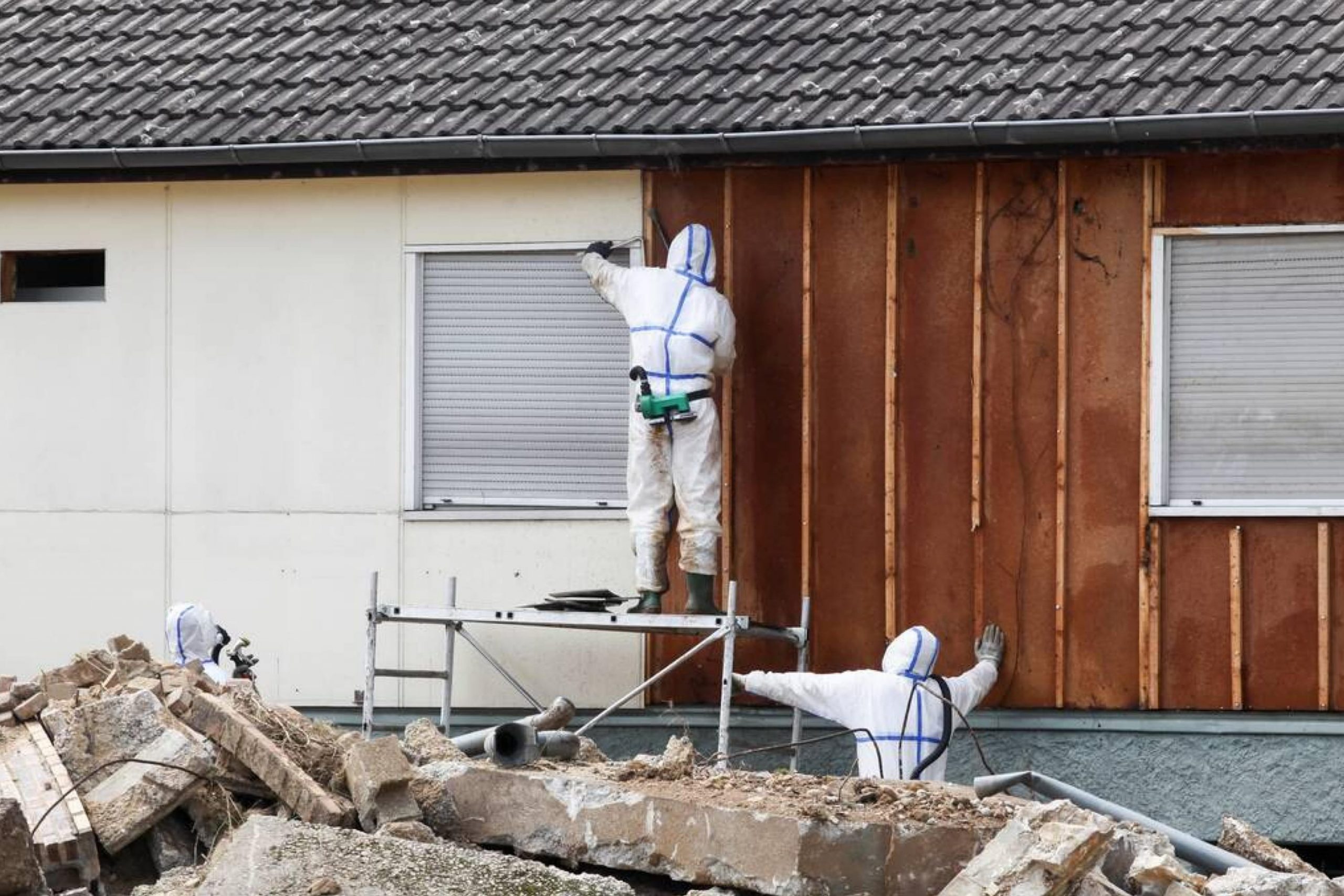
artush via VistaCreate
Ever wished paint sampling was as easy as sticking a sticker? Guess what? Now it is! Discover Samplize's unique Peel & Stick samples. Get started now and say goodbye to the old messy way!
Get paint samples




Frequently Asked Questions
⭐What are the risks of asbestos?
Asbestos creates microscopic fibers that can be swallowed or breathed in, which can cause a myriad of problems. It may result in lung inflammation, ovarian cancer, lung cancer, mesothelioma and genetic cells damage, and many more similar illnesses.
⭐Can human body degrade asbestos fibers over time?
No, it can’t. In fact, it is extremely difficult for the body to degrade asbestos’s toxic fibers.
⭐What to do if I’m not sure what type of insulation I have?
If you’re not sure if your building could contain asbestos, it is highly advised to hire expert contractors to assess your building.
4 thoughts on “How To Tell The Difference Between Cellulose And Asbestos Insulation?”
Leave a Reply



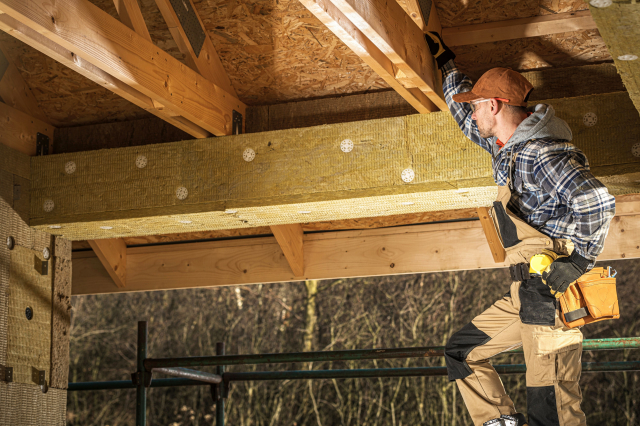

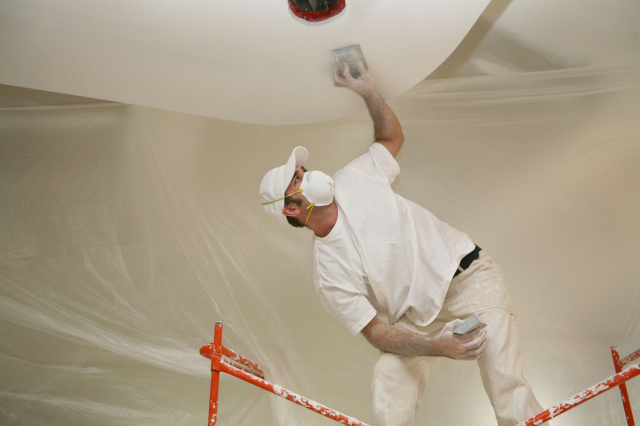


Does anyone know what kind of insulation is best? I need to insulate my attic for winter but I can’t figue out which one to choose.
Overall, if you are looking for the best long-term solution, foam insulation products will create the air seal in your home that will make it more comfortable while saving you money on your monthly energy bills. Foam insulation doesn’t settle or sag and it fills all the nooks and crannies where it is installed.
If I have a piece of exposed insulation in my attic, is it possible to fix it myself? Did anyone do that before?
As a homeowner, you shouldn’t try to determine whether you have asbestos or cellulose insulation in your home or not. This is particularly true if the insulation is broken down and exposed. If this happens, seal off the area and immediately call a professional insulation or abatement company! Should it be asbestos, only professionals have to manage it!